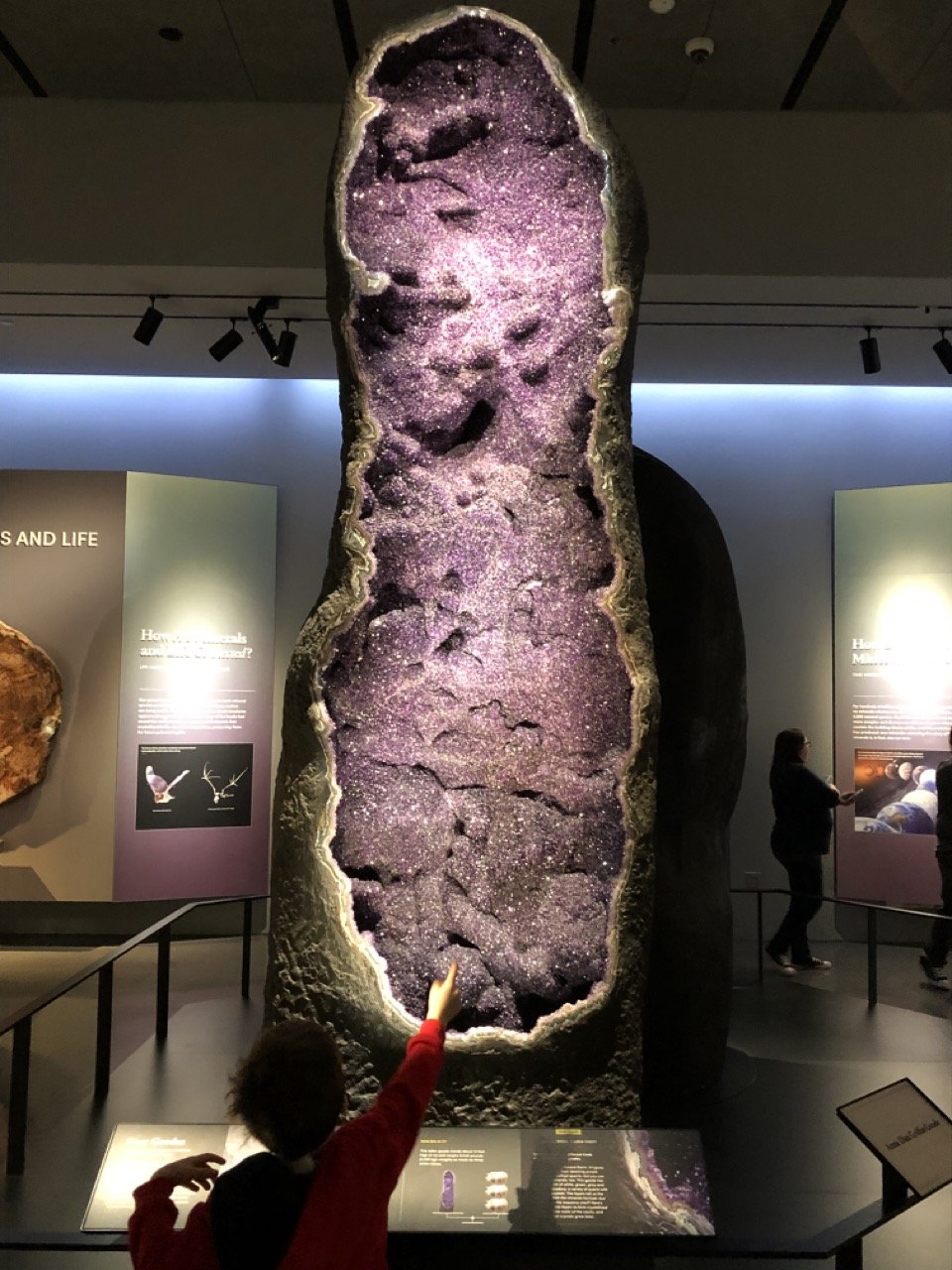
Ecological thought requires us to radically reconsider how we apprehend the world. Do we encounter the non-human world as a self-contained other? One we study from a position of absolute detachment and objectivity? Or do we find ourselves enmeshed in a fabric of subjectivities, our own voice one among many?

These ceramic sculptures were made, in part, by applying clay slip to organic matter and then burning that organic matter away. Materials such as roots and branches, bark, rope, string, and knitting serve as molds.

Once fired, these molds turn to ash, their forms preserved as hollow voids. They become, in a sense, signs of themselves. Both absent and present.
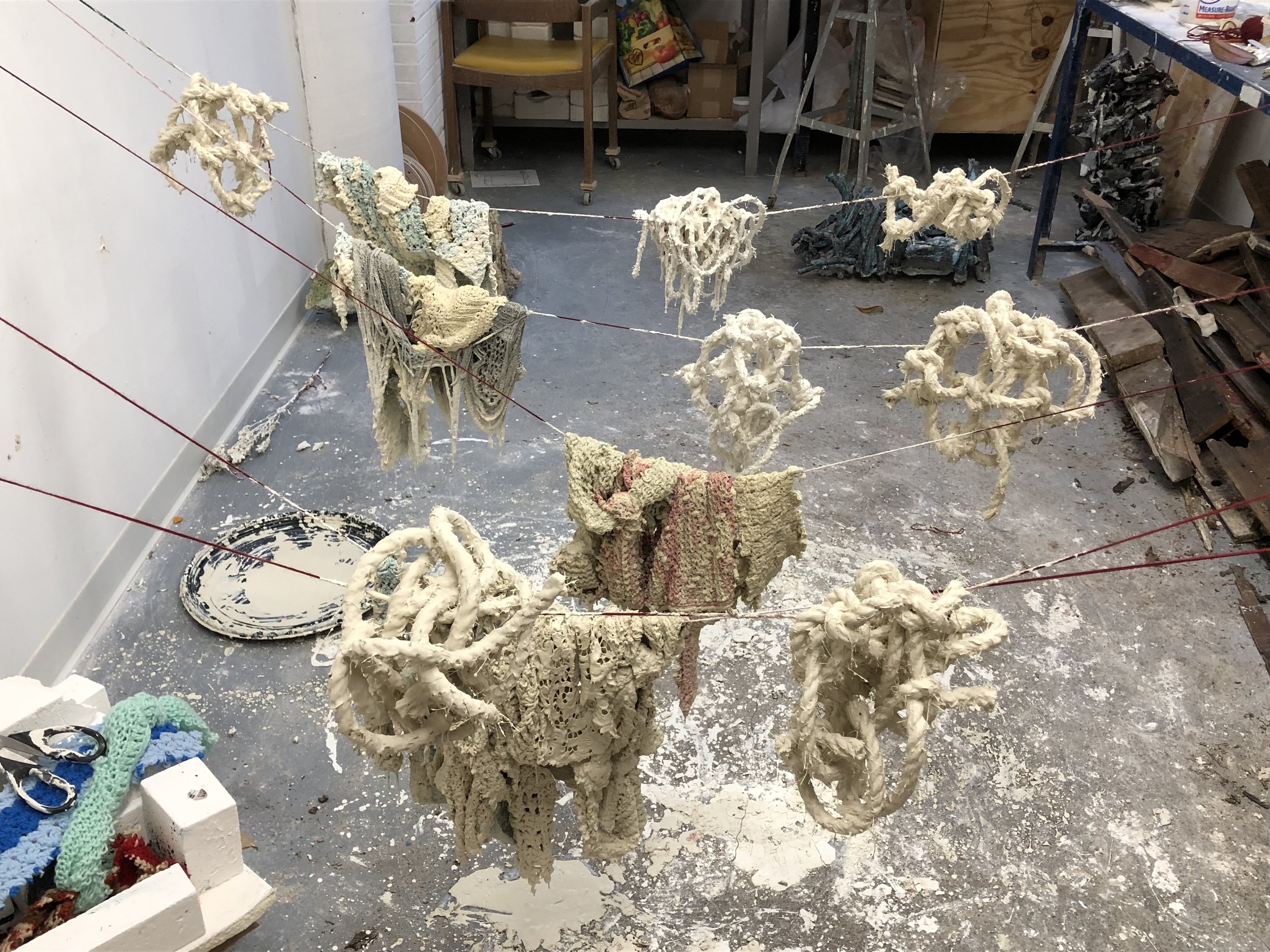
Mesh, netting, fabric, webbing, matrices—these are all visual metaphors. They speak to ecological themes of relation and interconnection. They have no absolute form—instead, they are morphologically malleable and adaptable.
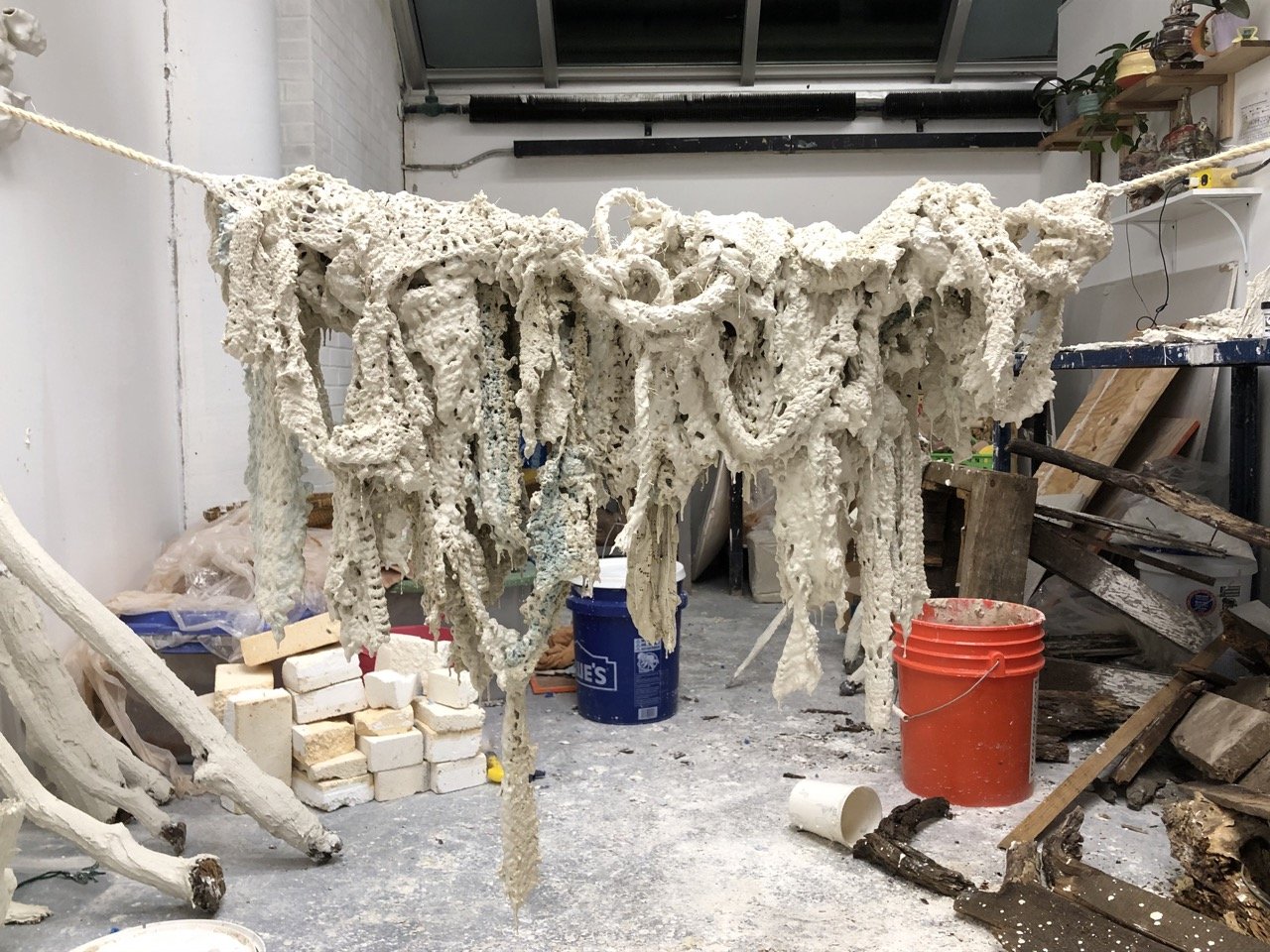
Alluvial accretion. Aesthetics of disrepair. How long did it take for this to happen? Could this be human detritus, washed up on some phantom shore? Or is its timescale slower, more dilated? Perhaps these are minerals seeping, in geologic time, through matrices of interconnection.
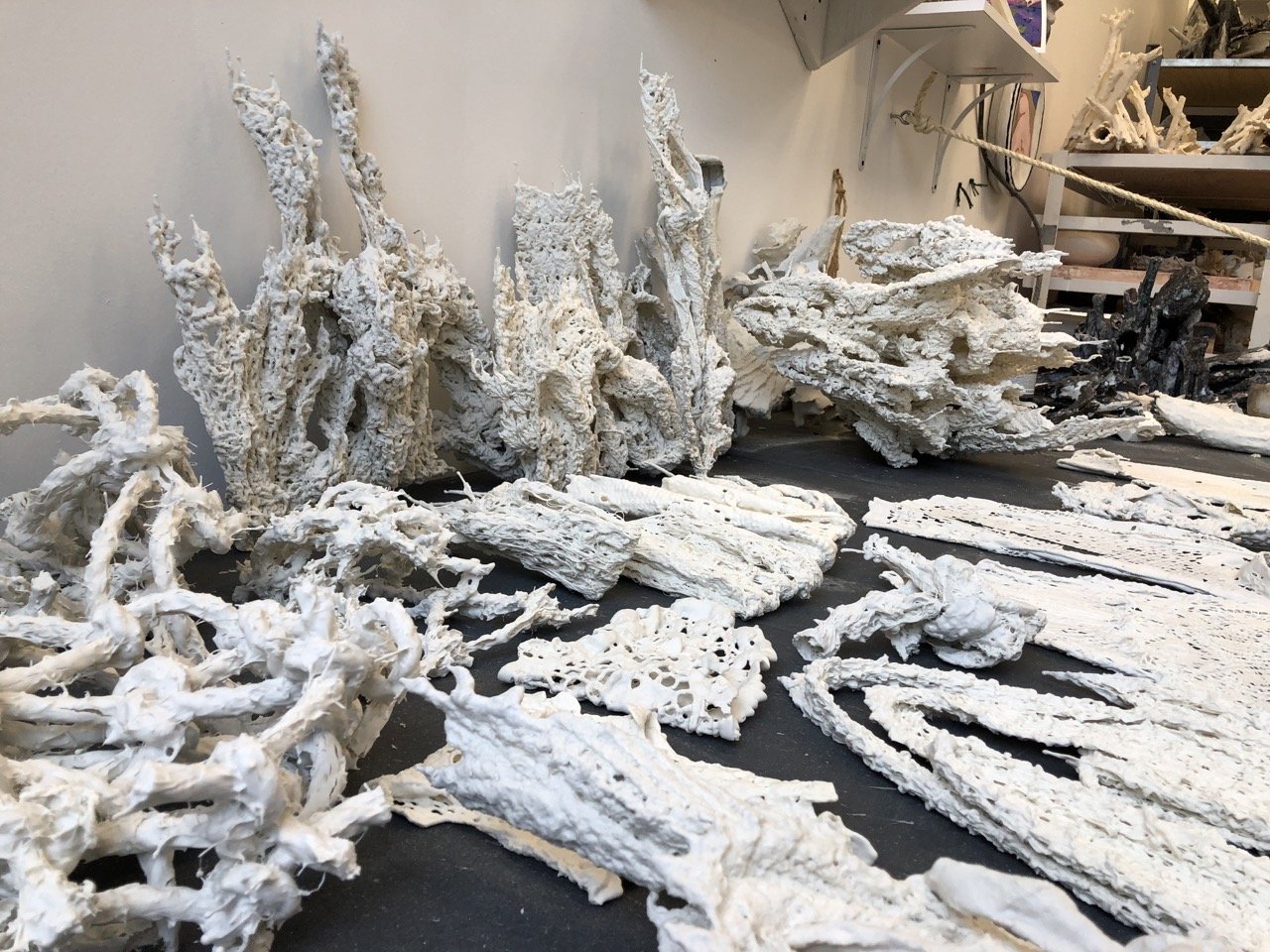
Bony remnants.
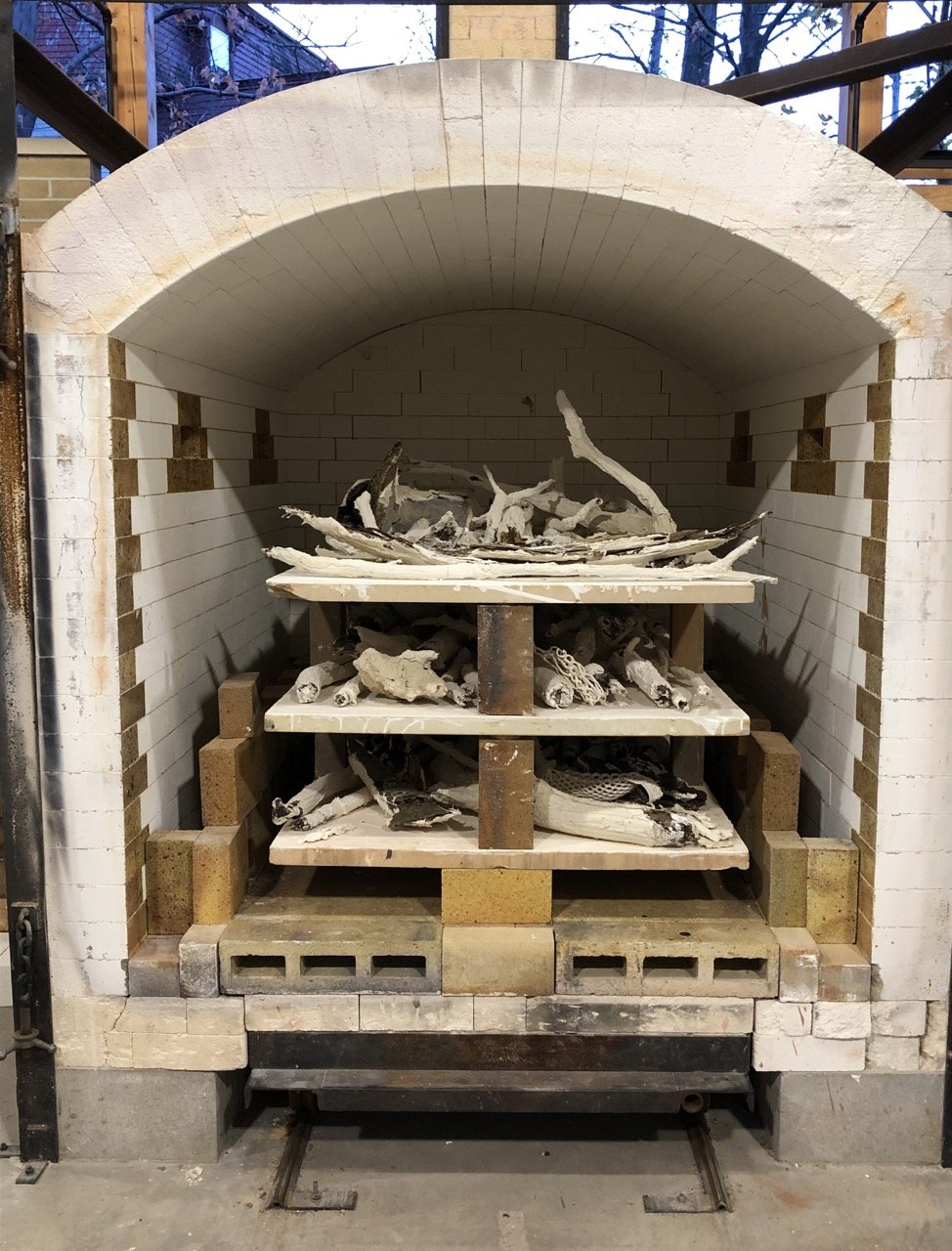
Pieces are bisque fired separately. Sometimes, these ceramic husks break down in the firing, creating mineral wood chips. The resultant fragments are reminiscent of gravel--an interesting, if unintentional, poetic nod to the products of mining and extraction.

Pieces are glazed and assembled in beds of sand.

Because they are not fired on a hard, flat surface, once removed from the kiln, these sculptures often appear to float just above the ground. As objects made from wood and ceramic minerals, they are, at once, profoundly of the earth, yet detached from it.
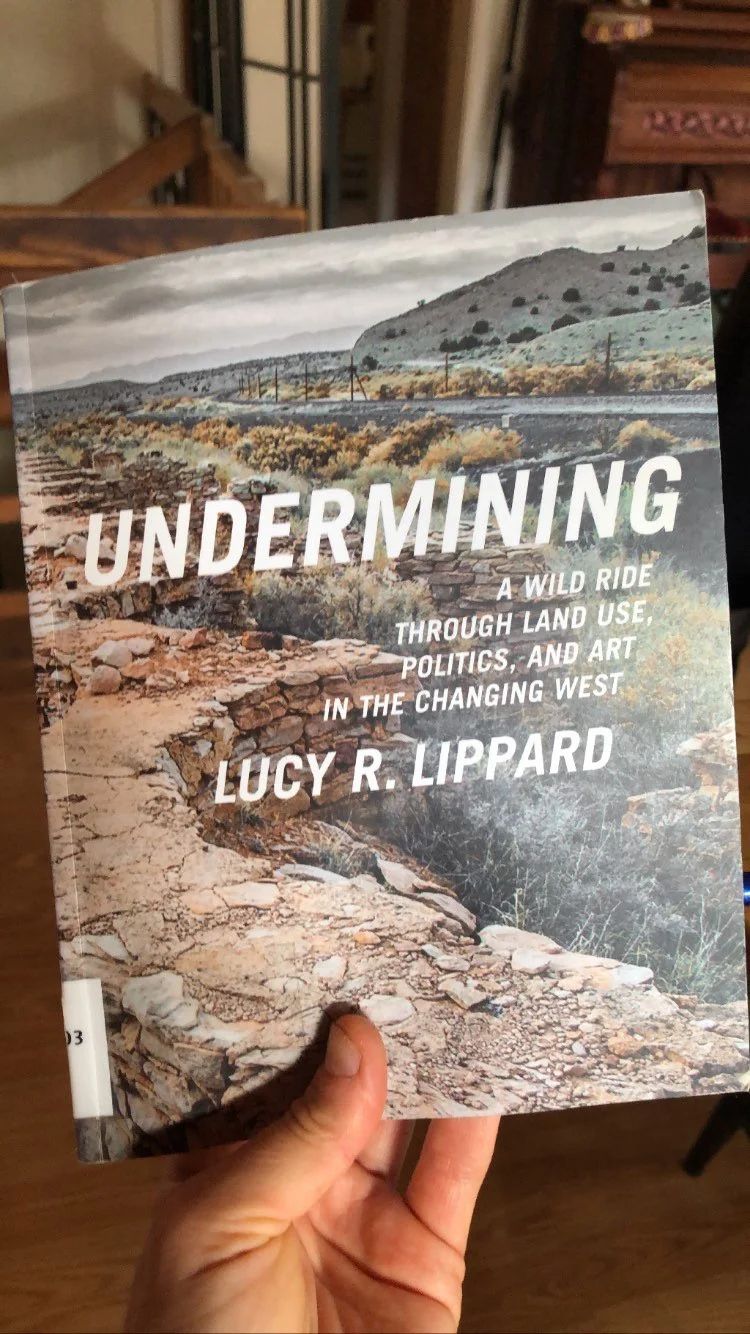
This book speaks more deeply to the poetics of extraction. In particular, Lippard connects rural gravel pits and mining cavities to their urban counterparts: the erection of buildings and infrastructure. These are inverse images, yet neither exists without the other.
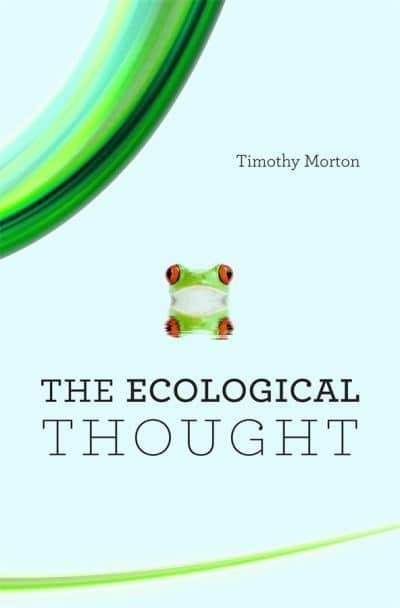
This book has stretched my understanding of the breadth of ecological thought.
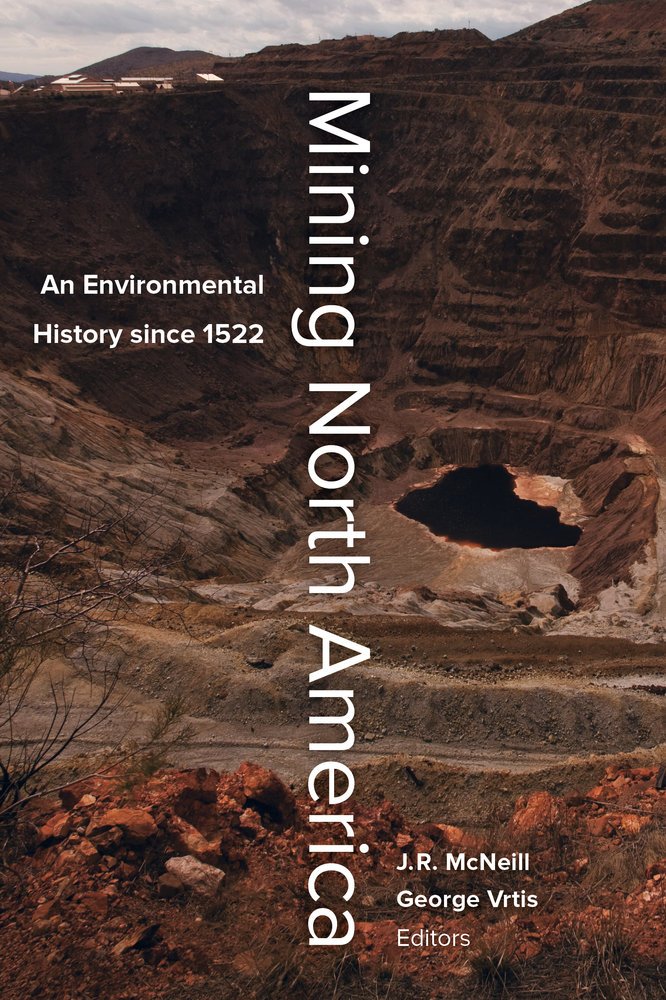
An excellent resource to better understand the history of mining in the Americas, and its environmental, social and political ramifications.
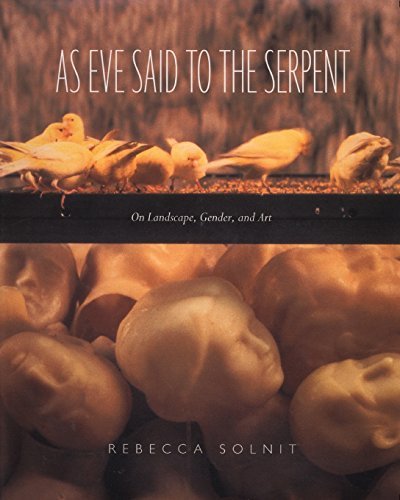
A meandering and thought-provoking book of ecocritical essays—beautiful, too.
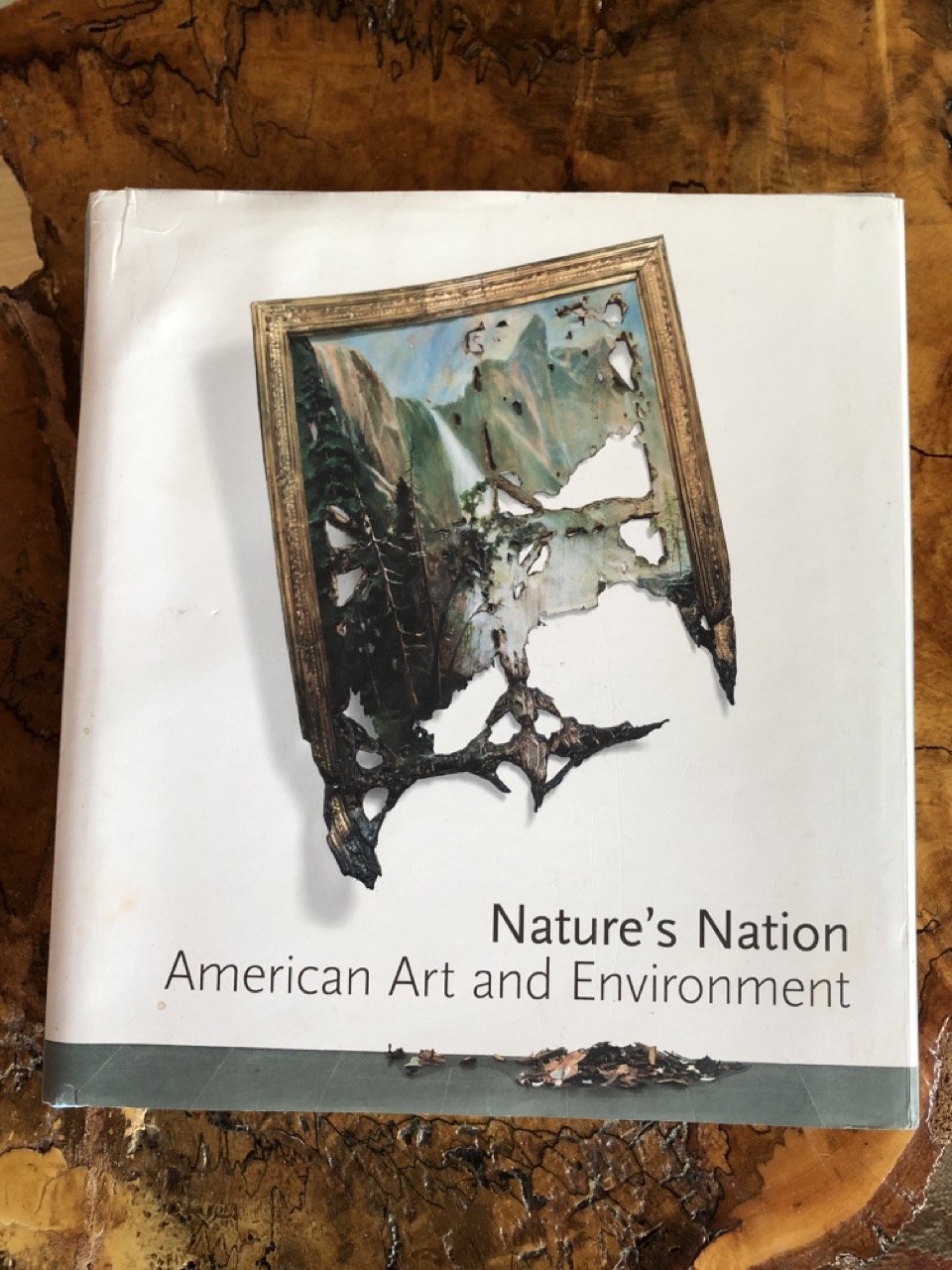
This book provides a clear and powerful overview of major themes and issues in ecocritical discourse.

"This divinatory guide has its roots and veins in the lustrous earths and waters of the Tiny Mining community, a mineral exploration collective committed to the open source exploitation of the interior of the human body for rare earth resources." https://v2.nl/publications/becoming-geological

A kinetic theory of the Earth.